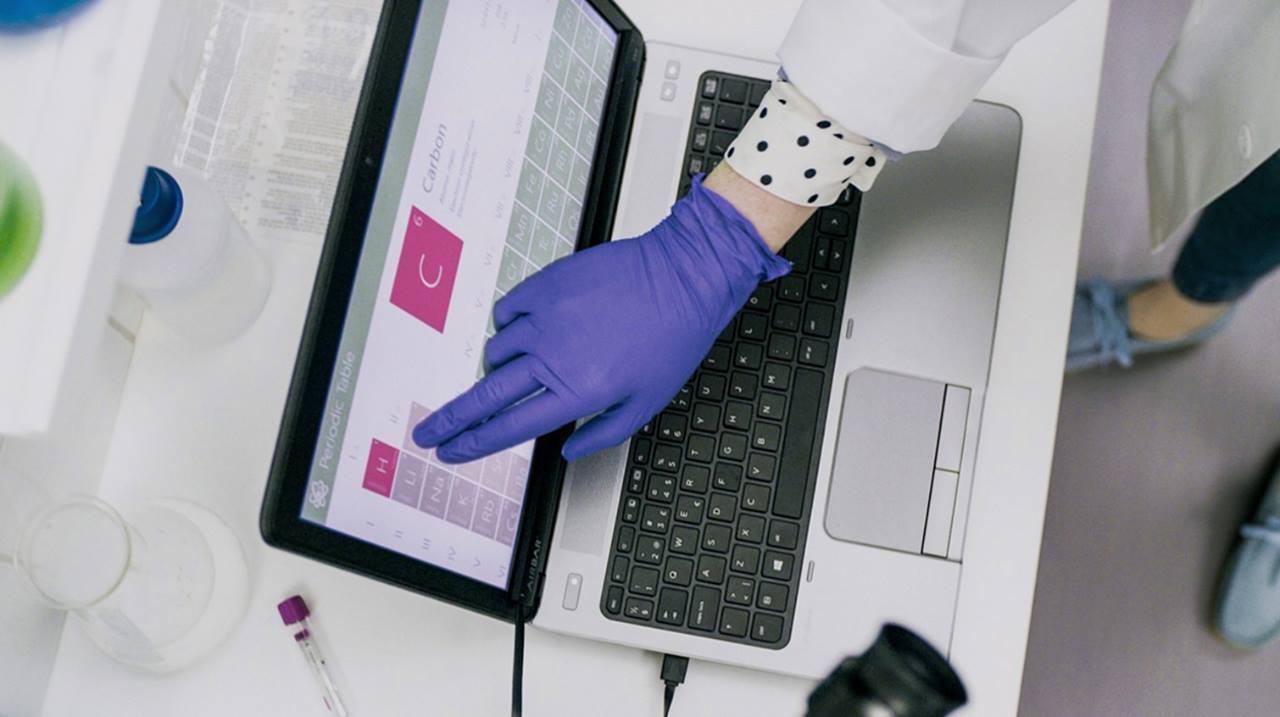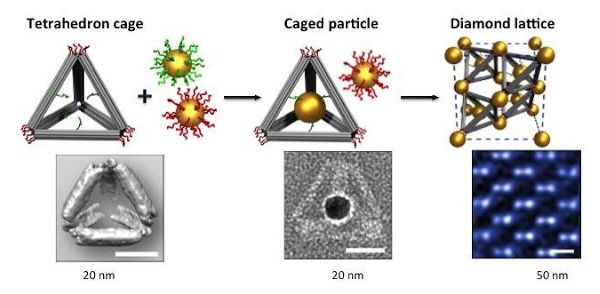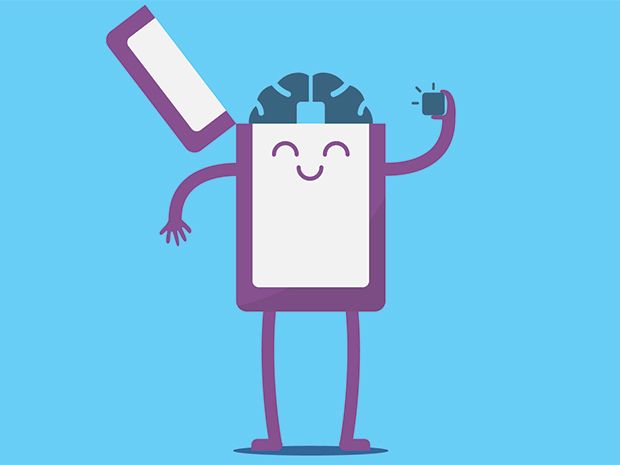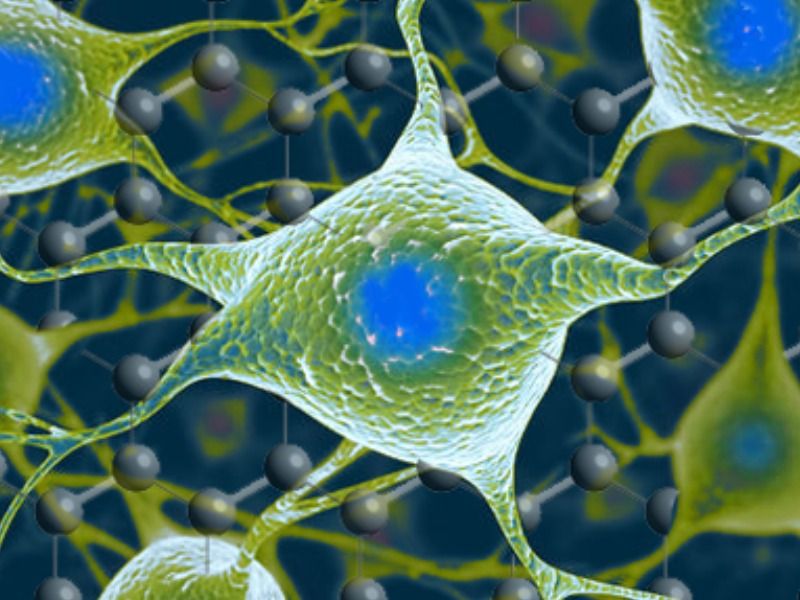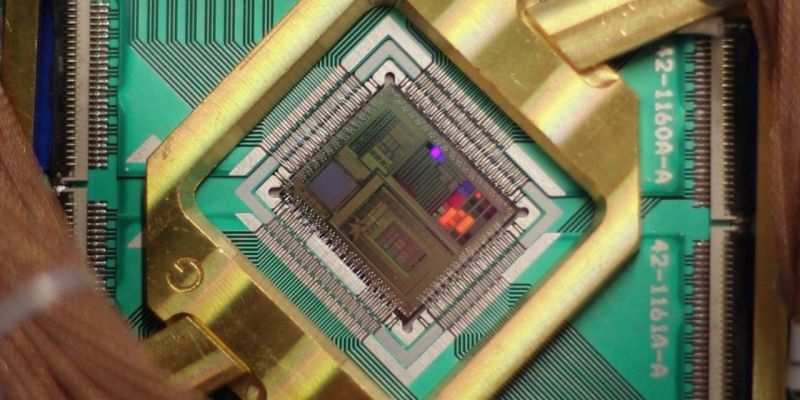Archive for the ‘computing’ category: Page 789
Feb 4, 2016
Film coating transforms contact lenses into computer screens
Posted by Shailesh Prasad in categories: computing, entertainment, wearables
A polymer film coating with the ability to turn contact lenses into computer screens is set to transform the wearable visual aids into the next generation of consumer electronics.
Feb 4, 2016
Mental Miscues
Posted by Karen Hurst in categories: biotech/medical, computing, engineering, neuroscience
Very interesting discovery about how our brain thinks; our brain isn’t always 100% error proof according to this report from Carnegie Mellon University. Therefore, when researchers are mapping the brain plus mimicking human brain functions; what is the tolerance level for error allowed then?
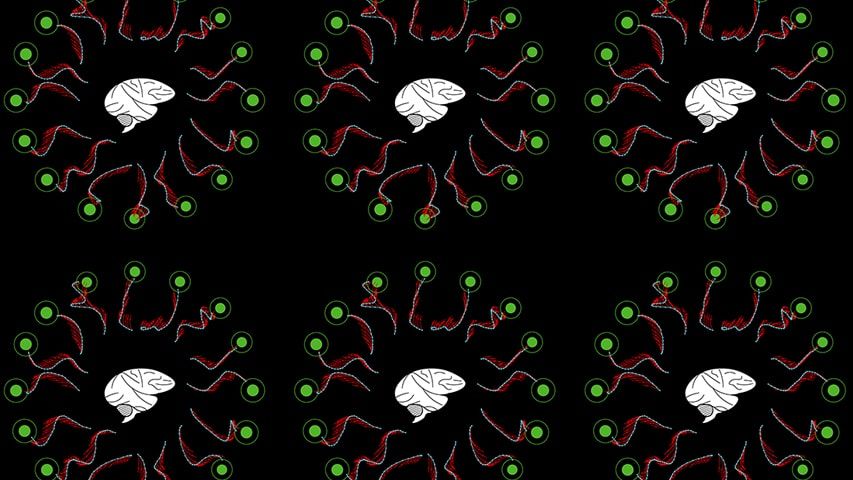 A study conducted at Carnegie Mellon University investigated the brain’s neural activity during learned behavior and found that the brain makes mistakes because it applies incorrect inner beliefs, or internal models, about how the world works. The research suggests that when the brain makes a mistake, it actually thinks that it is making the correct decision—its neural signals are consistent with its inner beliefs, but not with what is happening in the real world.
A study conducted at Carnegie Mellon University investigated the brain’s neural activity during learned behavior and found that the brain makes mistakes because it applies incorrect inner beliefs, or internal models, about how the world works. The research suggests that when the brain makes a mistake, it actually thinks that it is making the correct decision—its neural signals are consistent with its inner beliefs, but not with what is happening in the real world.
“Our brains are constantly trying to predict how the world works. We do this by building internal models through experience and learning when we interact with the world,” said Steven Chase, an assistant professor in the Department of Biomedical Engineering and the Center for the Neural Basis of Cognition. “However, it has not yet been possible to track how these internal models affect instant-by-instant behavioral decisions.”
Feb 4, 2016
DNA used to assemble nanoparticles into a copy of the crystalline structure of diamond
Posted by Karen Hurst in categories: biotech/medical, computing, materials, nanotechnology, particle physics
Building building diamond lattices through DNA.
Using bundled strands of DNA to build Tinkertoy-like tetrahedral cages, scientists at the U.S. Department of Energy’s Brookhaven National Laboratory have devised a way to trap and arrange nanoparticles in a way that mimics the crystalline structure of diamond. The achievement of this complex yet elegant arrangement, as described in a paper published February 5, 2016, in Science, may open a path to new materials that take advantage of the optical and mechanical properties of this crystalline structure for applications such as optical transistors, color-changing materials, and lightweight yet tough materials.
“We solved a 25-year challenge in building diamond lattices in a rational way via self-assembly,” said Oleg Gang, a physicist who led this research at the Center for Functional Nanomaterials (CFN) at Brookhaven Lab in collaboration with scientists from Stony Brook University, Wesleyan University, and Nagoya University in Japan.
Feb 4, 2016
A Deep Learning AI Chip for Your Phone
Posted by Karen Hurst in categories: computing, mobile phones, robotics/AI
AI Chip for the phone — the new MIT chip has 168 processing engines with each engine having it’s own dedicated memory bank.
A chip designed to run powerful neural networks for image analysis uses one-tenth the energy a mobile GPU would.
Feb 4, 2016
Contact lenses may soon become computer screens
Posted by Karen Hurst in category: computing
AR Contacts — Google and Huawei are both doing some really interesting things in this space; and I cannot wait until I get my hands on this technology.
Research looking into polymer technology points us in a direction several steps beyond the doomed Google Glass experiment | contact lens.
Feb 4, 2016
Graphene Brain Implants May Help Patients Regain Sensory Functions And Control Motor Disorders
Posted by Karen Hurst in categories: biotech/medical, computing, materials, neuroscience
Graphene; the material for brain chip implants; however, Q-Dots ferrofluid is where it will make us totally rethink brain implants in the future.
A new technology developed by researchers in Italy and the United Kingdom allows for the creation of graphene-based materials that can be interfaced with neurons without losing its electrical conductivity. This can lead to the creation of neural electrodes that are not only biocompatible, but stable within the body as well. (Photo : University of Cambridge)
Scientists from the United Kingdom and Italy have developed a new process in which a carbon form known as graphene is combined with neurons without sacrificing the integrity of these cells.
Feb 4, 2016
The Last Generation to Die — Trailer
Posted by Karen Hurst in categories: computing, entertainment, quantum physics, robotics/AI

These types of movies always come out when society is about to make a huge change in it’s technology that will reshape everything. In the 1950’s we saw movies about alien invasions and run away computers. 60’s & 70’s it was the robots taking over or Dystopia such as West World, Omega Man, Clockwork Orange, then 80’s MadMax and so on. Here we are again with more end of human existance movies because of AI and Quantum. Here is the latest dystopian movie.
This is “The Last Generation to Die — Trailer” by timmaupin on Vimeo, the home for high quality videos and the people who love them.
Feb 4, 2016
NSA Plans to ‘Act Now’ to Ensure Quantum Computers Can’t Break Encryption
Posted by Karen Hurst in categories: computing, encryption, information science, privacy, quantum physics, security
Another article just came out today providing additional content on the Quantum Computing threat and it did reference the article that I had published. Glad that folks are working on this.
The NSA is worried about quantum computers. It warns that it “must act now” to ensure that encryption systems can’t be broken wide open by the new super-fast hardware.
In a document outlining common concerns about the effects that quantum computing may have on national security and encryption of sensitive data, the NSA warns that “public-key algorithms… are all vulnerable to attack by a sufficiently large quantum computer.”
Continue reading “NSA Plans to ‘Act Now’ to Ensure Quantum Computers Can’t Break Encryption” »
Feb 4, 2016
Do Computer Scientists Hold the Key to Treating Cancer?
Posted by Roman Mednitzer in categories: biotech/medical, computing
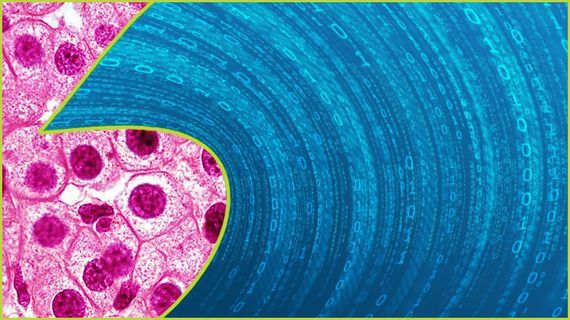
By David Patterson Professor of Computer Science University of California, Berkeley This ancient assassin, first identified by a pharaoh’s physician, has been killing people for more than 4,600 years. As scientists found therapies for other lethal diseases–such as measles, influenza, and heart disease–cancer moved up this deadly list and will soon be #1; 40% of Americans will face cancer during their lifetimes, with half dying from it. Most of us ignore cancer until someone close is diagnosed, but instead society could zero in on this killer by recording massive data to discover better treatments before a loved one is in its crosshairs.
Cancer is unlimited cell growth caused by problems in DNA. Some people are born with precarious DNA, and others acquire it later. When a cell divides, sometimes it miscopies a small amount of its DNA, and these errors can overwhelm a cell’s defenses to cause cancer. Thus, you can get it without exposure to carcinogens. Cigarettes, radiation, asbestos, and so on simply increase the copy error rate. Speaking figuratively, every time a cell reproduces, we roll the dice on cancer, with such mutagens loading the dice to raise cancer’s chances.
Most cancer studies today use partial genomic information and have fewer than 1,000 patients. One wonders whether their conclusions would still hold if they used complete genomes and increased the number of patients by factors of 10–100.
